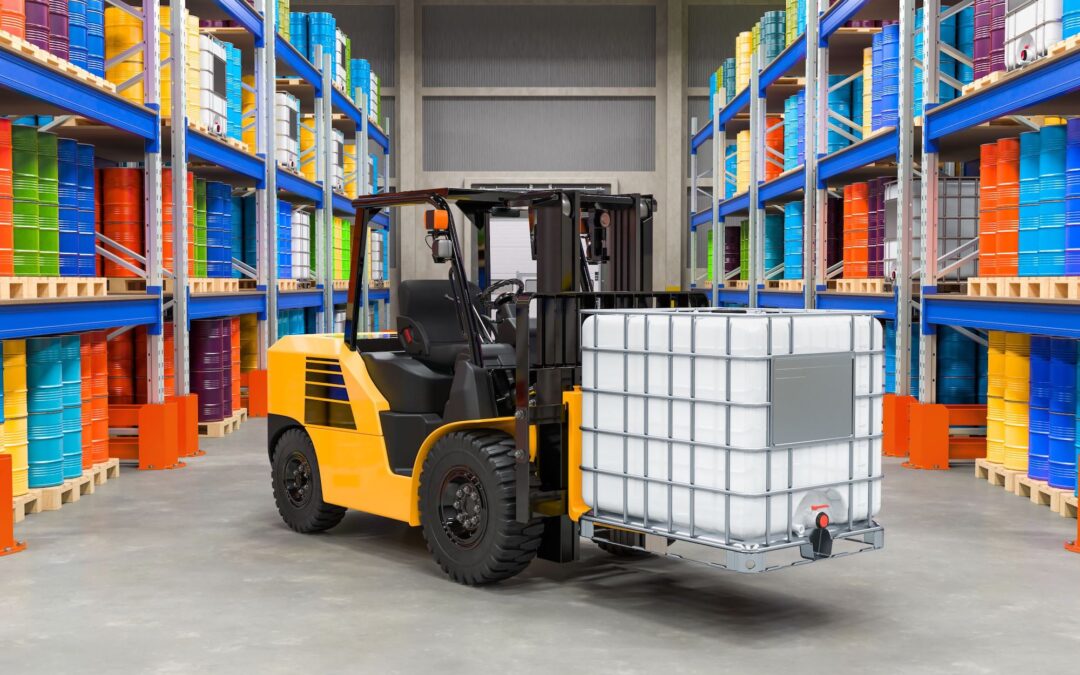Stacking and storage are daily occurrences for many companies and can be a dangerous task if workers do not follow safety guidelines. Improper loading, unloading, and storage in the workplace can lead to falling materials and collapsing loads that trap or crush workers, causing severe injury or death. It is recommended that companies develop and implement a safety program for stacking and storage, and employees follow OSHA guidelines and company policies to prevent injuries caused by unsafe storage practices.
Discussion Points:
• What is safe stacking and storage?
• What is the importance of stacking and storing?
• What precautions should be taken to avoid storage hazards?
• What are the potential hazards for workers?
• What is the OSHA standard on material handling and storing?
Discussion:
Employers must take all reasonable steps to ensure that materials in the workplace are stacked, stored, and secured to prevent immediate danger to employees and visitors during daily operations. A storage system design should be included in the Stacking and Storage Safety Program that consists of racks, shelves, bins, and other storage of materials. The stability of unit loads should be maintained to ensure that the contents do not collapse. The strength of each unit load should be assured using dunnage or pallets between layers, shrink-wrap, and tape, along with proper stacking methods. OSHA General Industry Standard 1910.176 states that containers, bundles, etc., shall be stacked, blocked, interlocked, and limited in height so that they are stable and secure against sliding or collapse.
When stacking and storing materials, it’s essential to keep all walkways, thoroughfares, doors, and exits clear with no obstructions or obstacles that could create a hazard. All storage areas should be kept tidy to ensure that there are no hazards that could lead to fire, explosion, pest infestations, or someone tripping and falling.
A level floor or ground surface is essential. Floors and surfaces required to support shelving, racks, and other storage structures should support the intended load. The safe load for the floors should be known to prevent exceeding the limits. Storage areas should be designated and marked for placement of materials that keep clear space of at least three feet on all sides except for placing material with an 18-inch gap between the stack and walls, and materials not stacked within three feet of the ceiling, lighting fixtures, sprinkler heads, pipes, and the venting system.
Employees must be trained to perform their tasks safely and efficiently. They should be aware of the material stored, potential hazards, protective clothing, and equipment to be worn, the correct method of dealing with breakage or spillage, fire safety including the use of fire-fighting equipment, and action to be taken in emergencies. Employees operating mechanical equipment are required special training for the types of equipment they will be using. Shelving, racks, bins, and other storage structures should be regularly inspected for damage and other defects which may cause loss of stability or strength, resulting in structural damage or worker injury.
As always, be safe out there!


Recent Comments